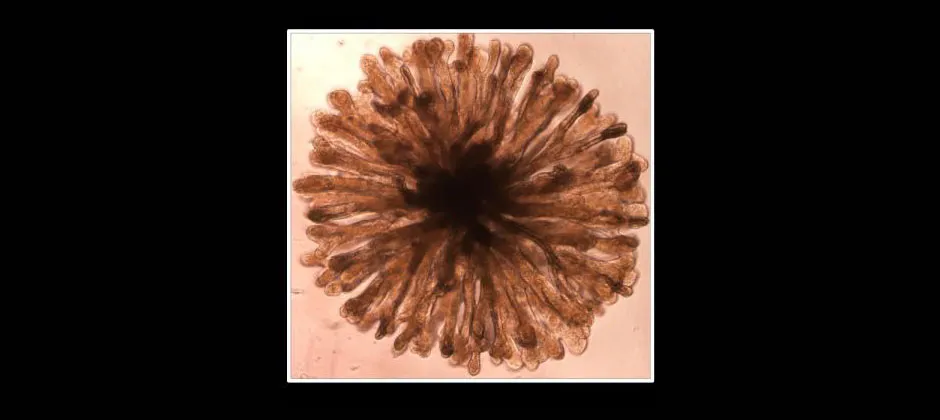Up yours, kidney disease! That’s what we imagine researchers from the Keck School of Medicine of USC, US, bellowed after successfully growing parts of a kidney in the lab, a move that could lead to new patient treatments.
Using stem cells, the team were able to create rudimentary cell structures – known as organoids – which mimic some functions of the real organ. Specifically, the new organoids resemble the collecting duct system that concentrates and transports urine, maintaining the body's fluid and pH balance.
With such an accurate model of the kidney, researchers could use it to screen potential therapeutic drugs.
Furthermore, the organoids can be genetically engineered to harbour mutations that cause disease, providing scientists with a better idea of how to tackle such illnesses.
In fact, the team behind the study have already tried this, manipulating genes to create an organoid model that mirrors a condition known as CAKUT (congenital anomalies of the kidney and urinary tract).

“Our progress in creating new types of kidney organoids provides powerful tools for not only understanding development and disease, but also finding new treatments and regenerative approaches for patients," explained Prof Zhongwei Li, one of the scientists behind the breakthrough.
As outlined in the journal Nature Communications, the tiny kidney models were made by studying animal and human UPCs (ureteric bud progenitor cells, which play an important role in early kidney development). From this, researchers were able to identify a “cocktail of molecules” that bound together to create organoids.
The development is a major stepping stone to creating a full synthetic organ, the team already using similar methods to build models of other kidney parts. These include nephrons (the filtering units of the kidney), which are now being grown using mice UPCs.
In recent months, other groups of scientists have been able to produce organoid models of the heart, tear ducts and even human, gorilla and chimpanzee brains.
Read more about organs: